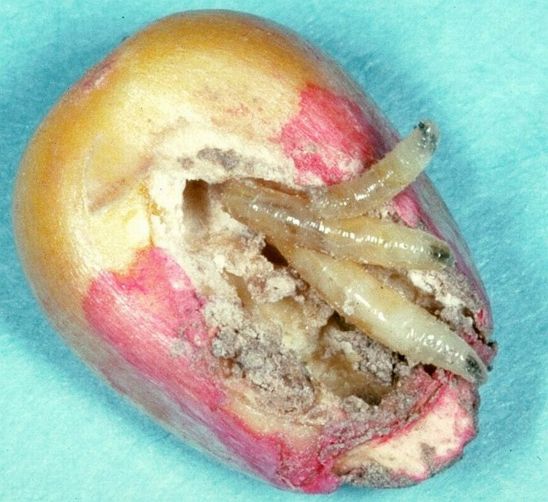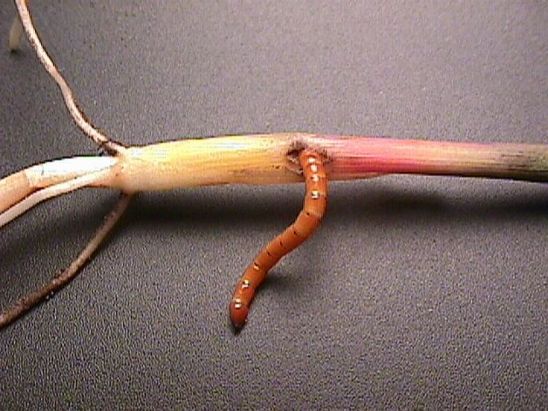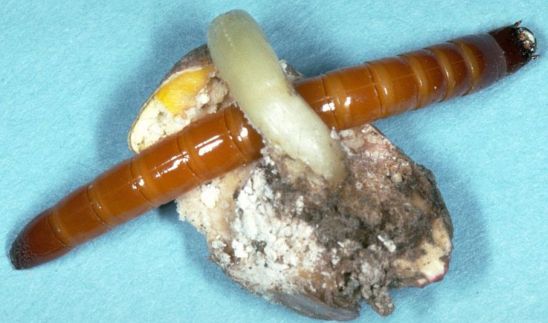Wireworm Larvae



Wireworm larvae have shiny yellow to brown hard bodies or creamy white
soft bodies with dark and hardened heads and tails.
Click Beetle (wireworm adult)

Adult wireworms, known as "click beetles," are yellow, brown, black,
or gray and slender with a bullet-shaped abdomen.
Billbug: adult and larvae feed on young seedling; adult may feed
to growing point and make similar row of holes in expanding leaves
(two photos below)
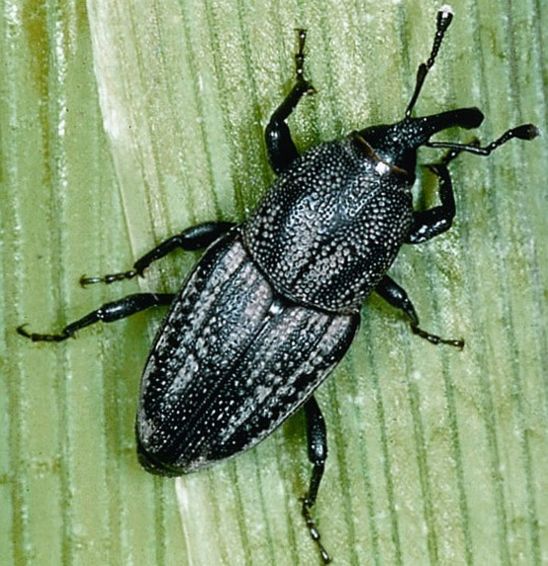

Stinkbug: may probe seedling and dissolve growing point causing
stunting, tillering and holes in leaves (two photos below)
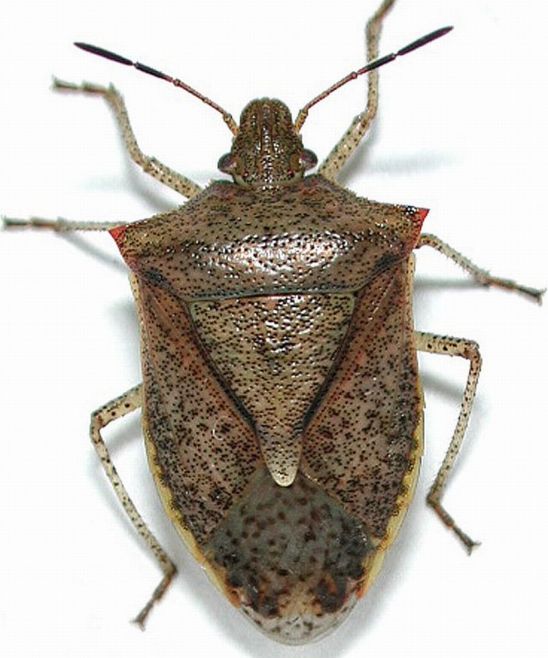

Cutworm: feeding on growing point may cause stunting, holes in
leaves or tillering (two photos below)
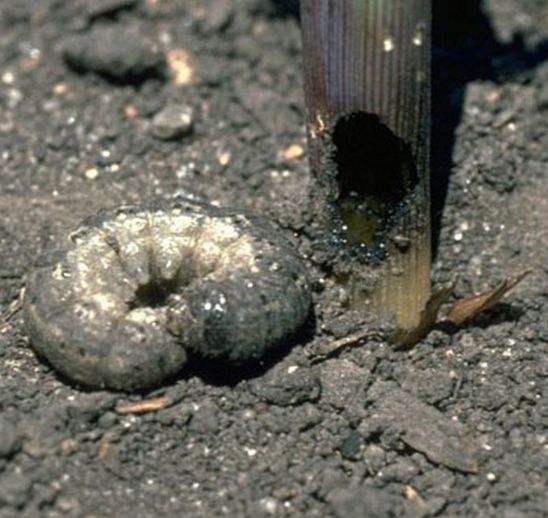

Seed Corn Beetle: damaged kernel or young seedling
(two photos below)
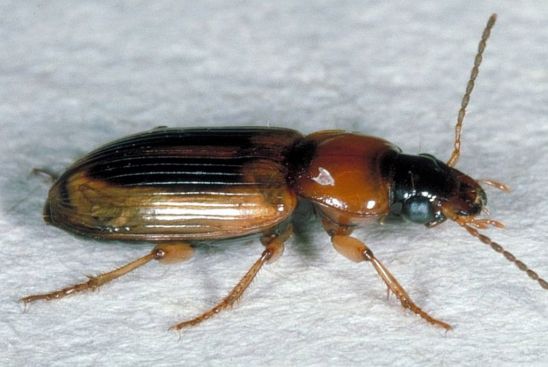
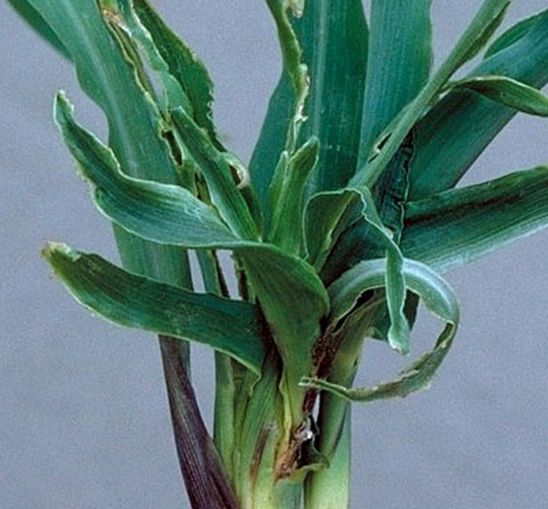
White Grub: root feeding causes uneven emergence and early growth; white grubs are often found along with wireworms in areas of the field
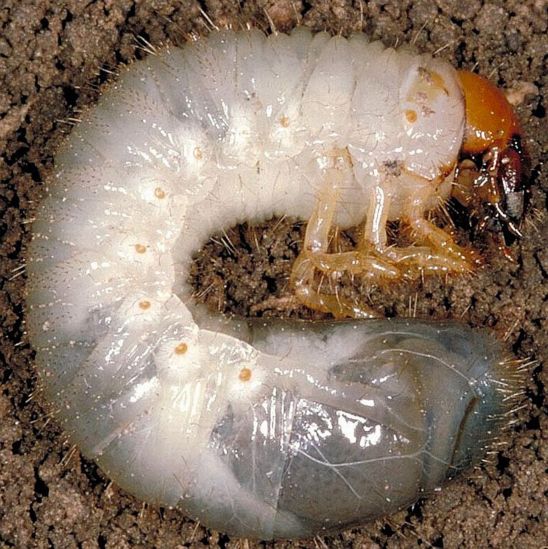
Seed Corn Maggot: feeds on germ, hollowing out the kernel;
maggot (larva) or pupa may be present
